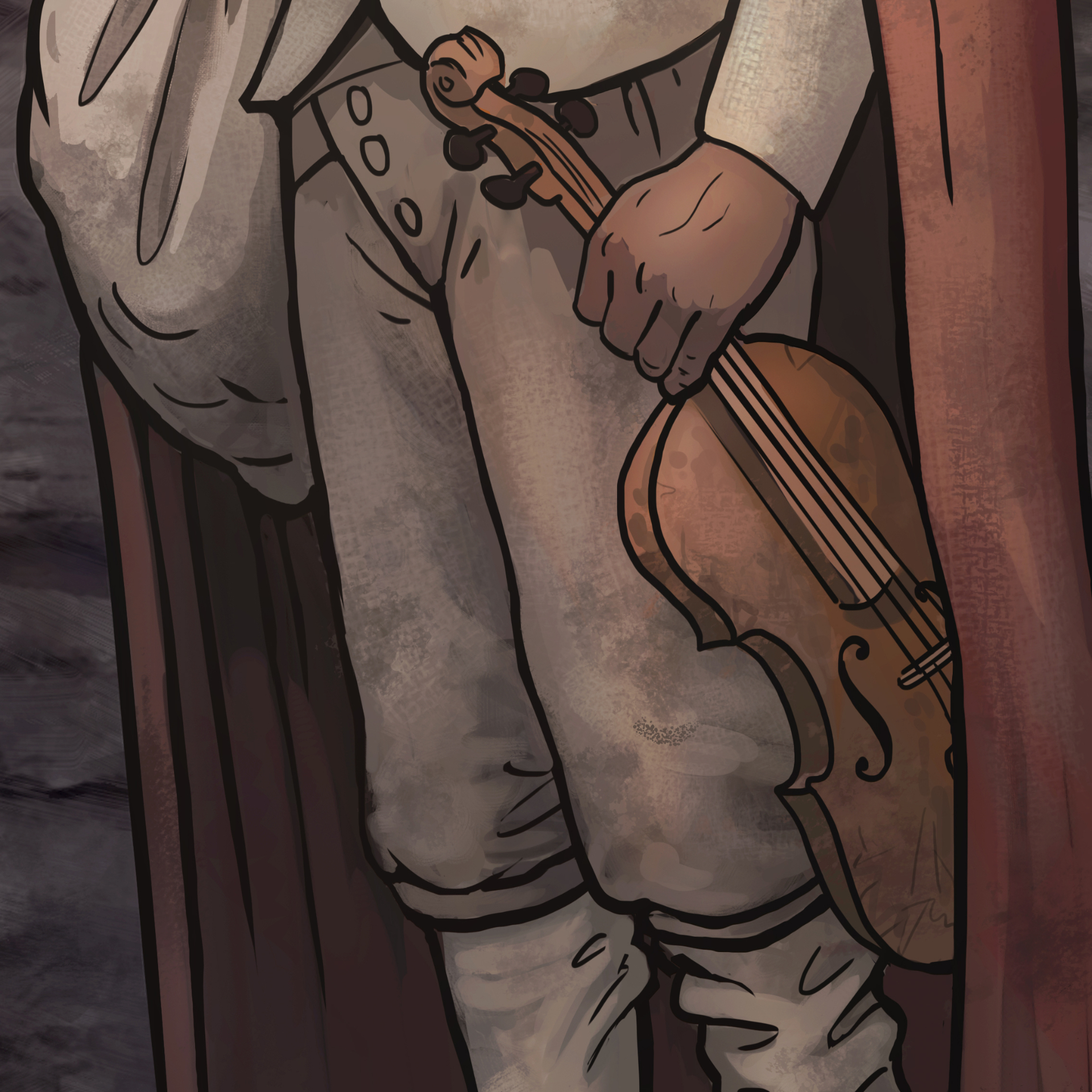
 18
18Lowcanes

On November 30, 1775, William Gill, a businessman and sea captain, announced Lowcanes’s escape in the Quebec Gazette.
Having fled almost two weeks before, Lowcanes was described as measuring 5 feet 10 inches, having a thin face and being distinguishable due to his long hair tied at the back of his head. A $16 reward was offered.
One of the distinct characteristics of this 25-year-old man was that he "spoke good French, no English," despite his English-sounding name.
According to researcher Frank Mackey in Done with Slavery, Lowcanes is an anglicized version of Léogâne, the name of a city in Haiti (Saint-Domingue at the time), possibly where Lowcanes may have come from. Being a sea captain, William Gill may have brought him back with him from one of his voyages. He owned at least one other slave, named Rebecca, who was sold with her 10-month-old daughter by his widow in 1788.
Music, inseparable from Afro-descendants experience in America
The announcement also highlighted another feature that set Lowcanes apart. It stated that “he plays the Violin very well”. Music is part and parcel of the Afro-descendant and African experience in the Americas.
Bowed and plucked instruments have been an element of the West African musical tradition for centuries. Take, for example, the Nigerian goje, the Senegalese kora, the Malian bolon and the cimboa from Cape Verdi. Many slaves who were taken to the Americas came from these regions and the banjo is a direct descendant of this tradition.

While they crossed the ocean in slaveships, the captive Africans sang to communicate or to be able to identify family or village members.
Signing to communicate
Work songs in the plantations created a cadence for their tasks and gave them courage, hope and a sense of community. Singing was also used to relay messages. The musicians were often asked to play for their masters.
One of the oldest depictions of Afro-descendants and Africans in Canadian iconographic history is called Minuets of the Canadians by George Heriot in 1809. Amongst the crowd at a dance, we see two Black people on a stage, one of whom is holding a tambourine.
Credits : Minuets of the Canadians, George Heriot 1807. Toronto Public Library.
This work was painted a few years after slavery was no longer a fact in Lower Canada; it probably illustrates musicians who were hired for the occasion, and not slaves.
There were many Black musicians in Québec in the first quarter of the 19th century, most of whom were fiddlers like Lowcanes.

Where does the name Lowcanes come from?
Learn more

